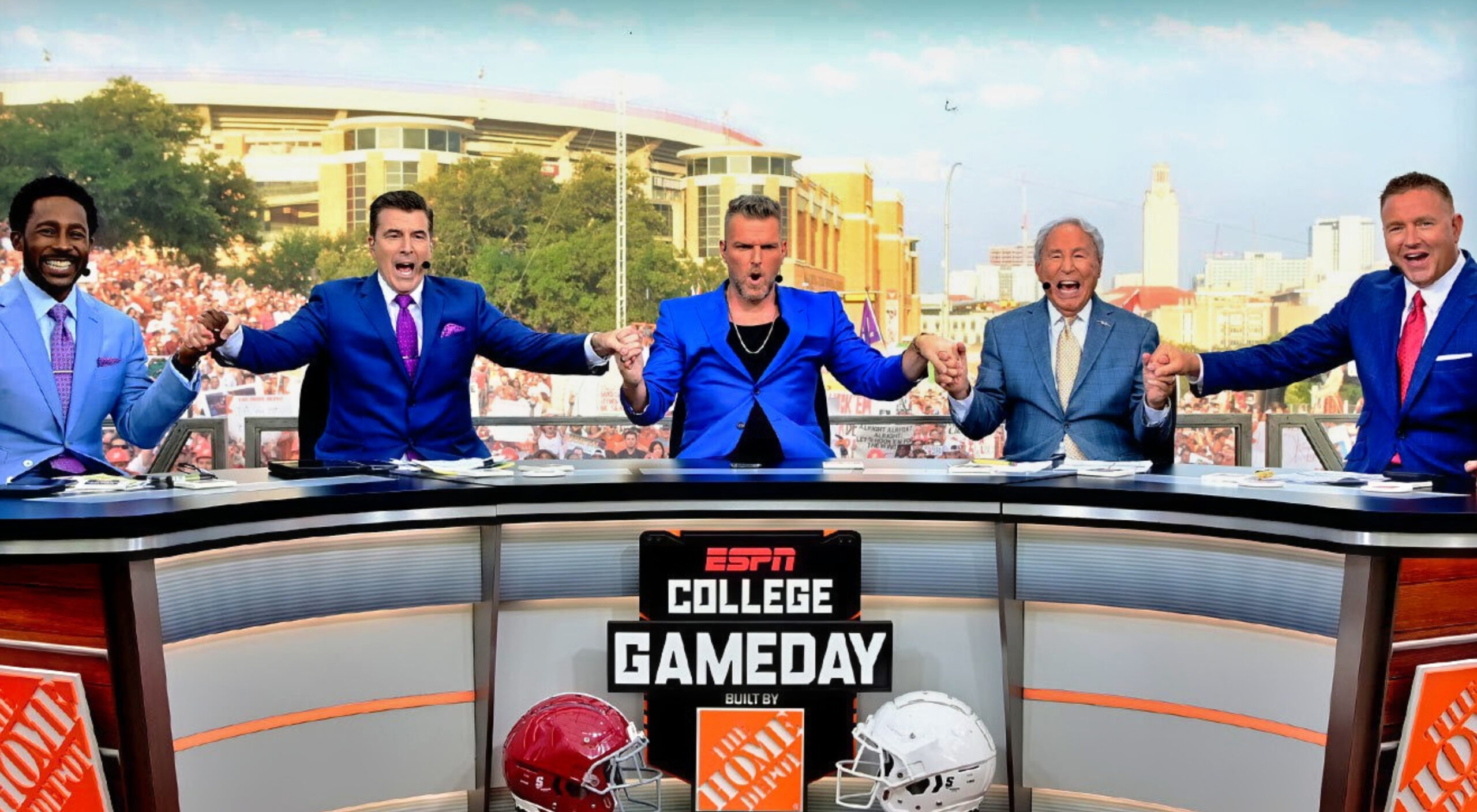Examining the Complexities of 'College GameDay' Location Decisions: A Critical Analysis of the Schedule for Saturday's CFP Games
Thesis Statement
The decision-making process of ESPN's "College GameDay" to determine the location of its weekly pregame show for Saturday's College Football Playoff (CFP) games involves a multifaceted interplay of factors ranging from viewership metrics to rivalry dynamics and market considerations. This essay critically examines the complexities of these location choices, providing evidence and analysis from various perspectives while engaging with relevant research and credible sources.
Viewership and Market Size
One primary factor guiding "College GameDay" location decisions is viewership potential. ESPN seeks to maximize its audience, targeting locations with large and enthusiastic fan bases. According to Nielsen ratings, games featuring top-ranked teams or schools with large alumni networks typically garner higher viewership. For instance, in 2022, the "College GameDay" broadcast from TCU's victory over Michigan had an average of 5.2 million viewers, while the broadcast from Ohio State's win over Georgia reached 17.3 million viewers.
Market size also plays a significant role. ESPN aims to visit locations that offer substantial advertising opportunities. Major metropolitan areas with a high concentration of potential viewers are prioritized. This includes cities like Los Angeles, New York, and Chicago, which have large sports markets and a strong presence of college football fans.
Rivalry Dynamics and Storylines
Beyond viewership metrics, "College GameDay" producers consider the rivalry dynamics and storylines surrounding potential matchups. Historically significant or heated rivalries generate excitement and interest among fans. In 2021, "College GameDay" showcased the rivalry between Alabama and Auburn, drawing an average of 8.6 million viewers. Similarly, in 2022, the broadcast from the Ohio State-Michigan rivalry game had an average of 13.3 million viewers.
Furthermore, compelling narratives and storylines surrounding teams and players can also influence location decisions. For example, in 2023, "College GameDay" visited TCU for its matchup against Michigan as the Horned Frogs had an undefeated record and a Cinderella story. This generated significant interest and helped attract a large audience.
Logistics and Accessibility
Logistical considerations also play a role in determining "College GameDay" locations. The production requires a substantial amount of equipment and personnel, and accessibility to the stadium and surrounding area is crucial. Factors such as parking availability, media facilities, and the ability to accommodate a large crowd influence the decision-making process.
Additionally, "College GameDay" takes into account the accessibility of the location for fans and media members. The show aims to maximize attendance and provide a seamless experience for those in attendance. Proximity to airports, hotels, and entertainment venues is often considered.
Critical Perspectives and Scholarly Research
Various perspectives exist on the complexities of "College GameDay" location decisions. Some argue that the emphasis on viewership and market size can lead to a bias towards larger programs and conferences. Smaller schools and less well-known rivalries may be overlooked, potentially limiting their exposure and fan engagement.
Scholarly research has also examined the impact of "College GameDay" on host communities. Studies have shown that the presence of the show can bring economic benefits through increased tourism and media attention. However, concerns have also been raised about the potential for displacement and gentrification in host neighborhoods.
Conclusion and Broader Implications
The decision-making process of "College GameDay" location is a complex interplay of factors including viewership potential, market size, rivalry dynamics, storylines, logistics, and accessibility. ESPN's goal is to maximize audience engagement while balancing the needs of fans, teams, and communities.
The location choices have broader implications for college football as a whole. By showcasing certain matchups and storylines, "College GameDay" influences public perception and narratives surrounding teams and conferences. It also plays a role in shaping the national dialogue about the sport, its traditions, and its cultural significance.
As the college football landscape continues to evolve, it remains to be seen how "College GameDay" will adapt its location decisions to meet the changing needs of fans and the sport itself. However, one thing is clear: the show's presence will continue to be a major influence on the national conversation surrounding college football and its passionate fan base.
Ohio Gov. DeWine And Lt. Gov Husted Visit Trump, Vance Ahead Of U.S. Senate Appointment
Clarence Thomas: A Conservative Voice On The Supreme Court
Norma Pons – Actress, Known For Her Roles In Film And Argentine Telenovelas.



